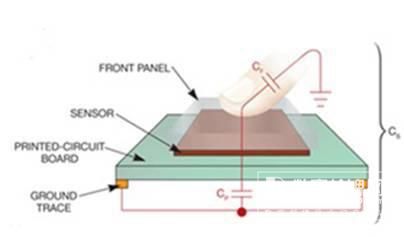
Touch screen function diagram

Metamaterials and Supermaterial Superlenses

Super lens principle
* Mixer is the good friend of our dosing pump as it helps the dosing pump to mix the solution for the perfect flow rate.
* So normally the mixer will be needed in dosing system and it is as the necessary part for the device.
* Full power range of the mixer can be supplied, from 37W to 4kW.
* Special requiment of the shaft material can be get, such as SS304, SS316, SS line PTFE.
Kitchen Mixer,Powder Mixer,Liquid Mixer,Horizontal Mixer
Zhejiang Ailipu Technology Co., Ltd. , https://www.alipu.com